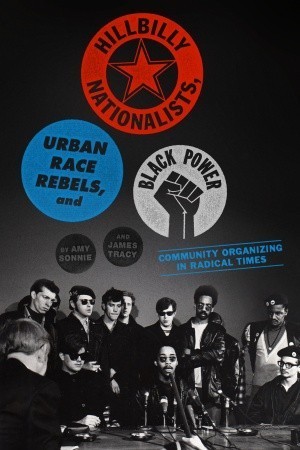
Hillbilly Nationalists, Urban Race Rebels, and Black Power
Community Organizing in Radical Times
Sonnie, Amy; Tracey, James
Date Written: 2011-09-16
Publisher: Melville House
Year Published: 2011
Resource Type: Book
Cx Number: CX21726
Historians of the civil rights movement of the late 60s have often held classist views of those who actually protested and fought for civil liberties by depicting the poor and working-class as lazy racists who did nothing, when in fact poor and working-class radicals inspired the civil rights movement.
Abstract:
-
Publisher's description:
The historians of the late 1960s have emphasized the work of a group of white college activists who courageously took to the streets to protest the war in Vietnam and continuing racial inequality. Poor and working-class whites have tended to be painted as spectators, reactionaries, and, even, racists. Most Americans, the story goes, just watched the political movements of the sixties go by.
James Tracy and Amy Sonnie, who have been interviewing activists from the era for nearly ten years, reject this old narrative. They show that poor and working-class radicals, inspired by the Civil Rights movement, the Black Panthers, and progressive populism, started to organize significant political struggles against racism and inequality during the 1960s and 1970s. Among these groups:
- JOIN Community Union brought together southern migrants, student radicals, and welfare recipients in Chicago to fight for housing, health, and welfare . . .
- The Young Patriots Organization and Rising Up Angry organized self-identified hillbillies, Chicago greasers, Vietnam vets, and young feminists into a legendary “Rainbow Coalition” with Black and Puerto Rican activists . . .
- In Philadelphia, the October 4th Organization united residents of industrial Kensington against big business, war, and a repressive police force . . .
- In the Bronx, White Lightning occupied hospitals and built coalitions with doctors to fight for the rights of drug addicts and the poor.
Exploring an untold history of the New Left, the book shows how these groups helped to redefine community organizing—and transforms the way we think about a pivotal moment in U.S. history.


